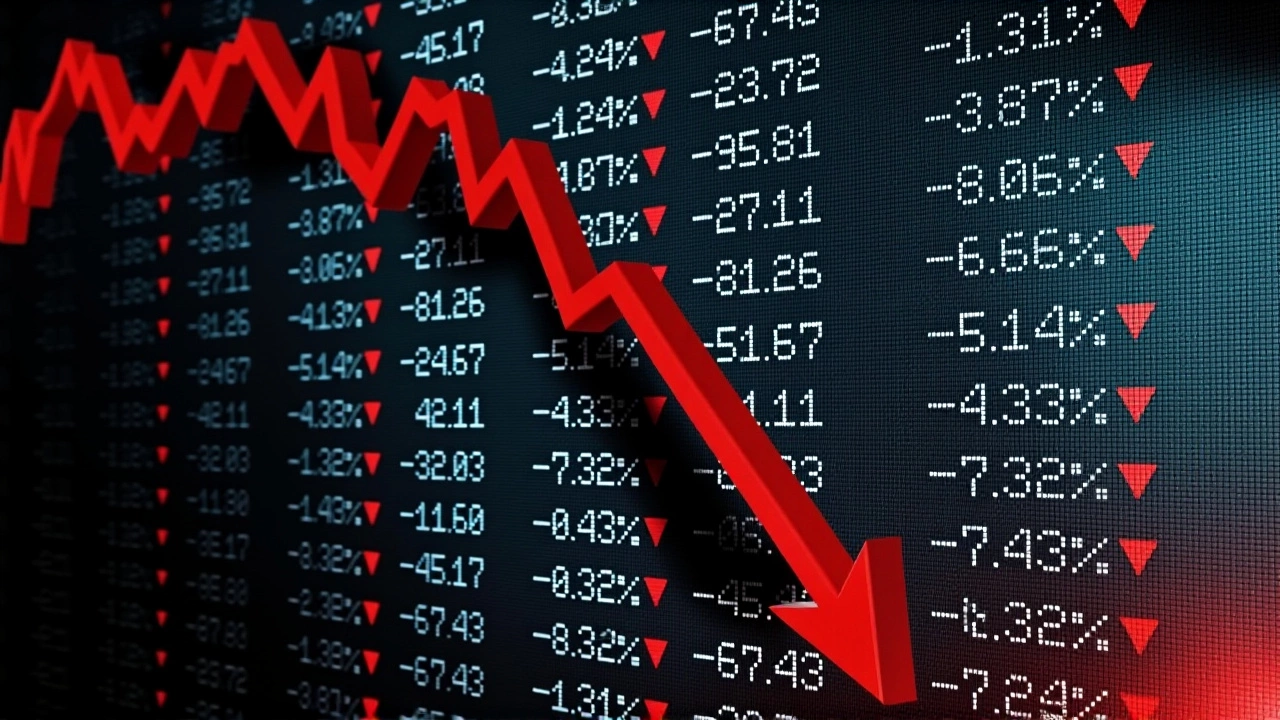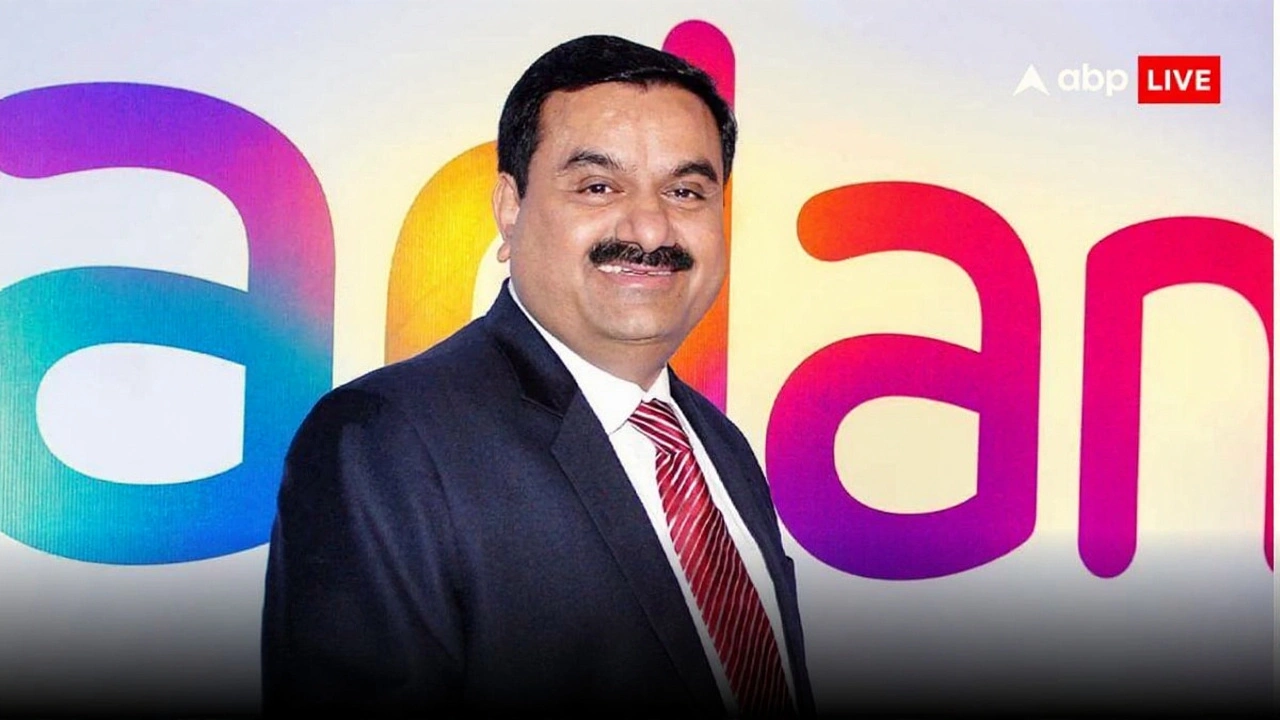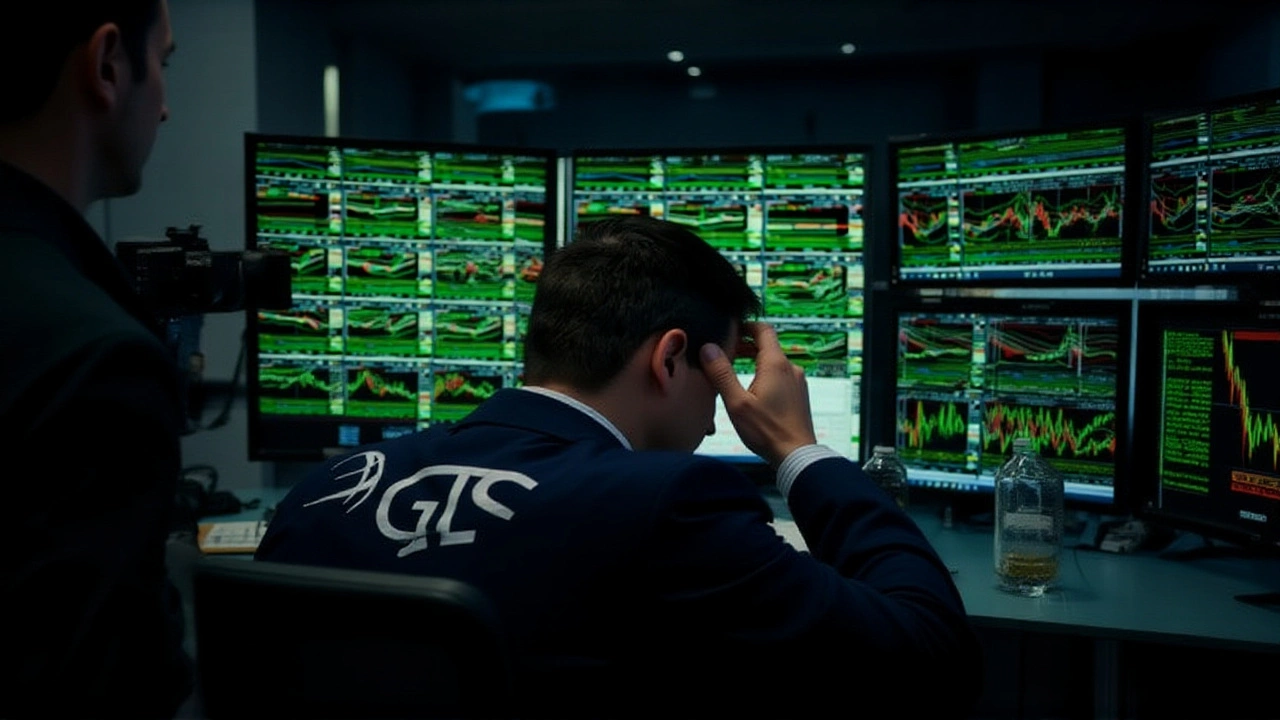On , the US equity rally hit a fresh peak, but a chorus of warnings sounded from the likes of Michael Roberts, a stock‑market analyst at his eponymous blog, Ruchir Sharma, chair of Rockefeller International, and Lisa Shalett, chief investment officer at Morgan Stanley Wealth Management. At the same time, major financial houses – Citi, Bank of America and Goldman Sachs – are still bullish, while State Street reports record‑high risk‑asset positioning. Even tech titan Google announced a $15 billion AI data‑center push in India, underscoring how deeply artificial‑intelligence bets have seeped into the market fabric. The result? An AI bubble that analysts say dwarfs the dot‑com surge and the subprime mortgage frenzy, and a foreign‑ownership share of US equities that’s the highest since World War II.
Why AI Has Become the Market’s North Star
Since the October 2022 market bottom, the S&P 500 has climbed roughly 90 %, but roughly three‑quarters of that gain traces back to the so‑called “Magnificent 7” and a handful of AI‑centric peers. Morgan Stanley’s Shalett notes that the rally has broadened from an initial seven‑stock story to about 40 companies that dominate earnings, cash flow, and capital‑expenditure headlines. The “Buffett Indicator” – total market cap divided by GDP – spiked to 217 % on the day, a full two standard deviations above its historic mean.
The Numbers Behind the Bubble
- AI‑related stocks supplied 80 % of all US‑stock gains in the first half of 2025.
- The AI bubble’s price‑to‑book ratio is 17 × the 2000 dot‑com peak and four times the 2007 subprime bubble.
- Foreign investors poured $290 billion into US equities in Q2 2025, pushing foreign ownership to ~30 % of total market value.
- Citi’s POLLS gauge sits at 13; a sell signal triggers at 18.
- State Street’s Risk Appetite Index has been on an upward streak for five months straight.
These stats, compiled by various research firms, paint a picture of a market that is both hyper‑optimistic and dangerously narrow.
Foreign Capital Floods In – What It Means
Data from the Securities and Exchange Commission show that the $290 billion inflow represents the largest quarterly foreign purchase of US stocks since the post‑war era. Investors from Europe, Asia and the Middle East see American equities as a hedge against their own slowing economies, especially as AI promises productivity gains. Yet the concentration risk is palpable: a wobble in AI sentiment could force a swift reallocation, potentially triggering a capital‑flight wave.

Analyst and Institutional Voice: Confidence Meets Caution
Sharma, speaking at a Rockefeller International round‑table, argued that “AI is such a big force, it can counter all the challenges” – a sentiment echoed by Citi strategists who plan to stay long on US stocks until the bubble bursts. By contrast, Shalett warned that “this is not going to be pretty” if generative‑AI spending stalls, highlighting the “one‑note narrative” that now dominates market discourse.
State Street’s recent report shows the Risk Appetite Index at its highest level for the year, indicating that large funds have been adding to equities, high‑yield bonds and even crypto‑related assets. Nicholas Colas of DataTrek points out that sector correlations are at their lowest since the start of the bull market, a historical pre‑cursor to short‑term pullbacks.
Corporate AI Spending Fuels the Concentration
Beyond Wall Street, corporates are doubling down. Google’s $15 billion investment in India aims to build the company’s biggest data‑center hub outside the United States, cementing its AI infrastructure dominance. AMD announced a chip partnership with Oracle, while Walmart teamed up with OpenAI to embed generative‑AI tools into its retail operations. OpenAI, in turn, secured supply‑chain deals with Broadcom, AMD and Nvidia, further intertwining the tech ecosystem.
Fortune’s October 7 report calculated that AI infrastructure spending now accounts for 75 % of S&P 500 gains, 80 % of profits and a staggering 90 % of capital expenditures across the index.

Potential Triggers and Early‑Warning Signals
Citi’s playbook flags two technical indicators that could signal an exit point. The “When the Generals Fail” metric watches whether three of the seven leading S&P 500 stocks slip below their 200‑day moving averages – a condition not yet met but watched daily. Meanwhile, the POLLS gauge would need to climb from 13 to 18 before a formal sell‑off recommendation is issued.
Historical parallels are instructive. During the 2000 dot‑com era, the NASDAQ’s price‑to‑earnings ratio exploded before a steep correction. In the 2007 subprime crisis, a rapid rise in the debt‑to‑GDP ratio preceded a market collapse. If the AI bubble’s size truly dwarfs these precedents, the fallout could be correspondingly severe.
What’s Next? Scenarios for Late 2025 and Beyond
If AI spending remains on the growth trajectory, the S&P 500 could test Bank of America’s 7,200 target by mid‑2026, with Goldman Sachs eyeing a 6,900 level. Conversely, a sudden slowdown in AI capital expenditure – perhaps sparked by tighter credit conditions or a regulatory crackdown on data privacy – could see the market re‑price the AI premium, dragging the index down 10‑15 % in a matter of weeks.
Investors should keep an eye on policy developments, especially the Federal Reserve’s easing stance, which, unlike past bubble cycles, is moving in the opposite direction of rate hikes. The Fed’s anticipated 100‑basis‑point cut over the next six months could provide short‑term support, but may also delay the inevitable market correction.
Frequently Asked Questions
How does the AI bubble affect individual investors?
Retail investors with heavy exposure to AI‑heavy ETFs or the so‑called “Magnificent 7” may see outsized volatility. If AI spending stalls, those holdings could lose a large share of their recent gains, erasing years of portfolio growth in months.
What led to the surge in foreign ownership of US stocks?
A combination of low‑interest rates abroad, a search for safe‑haven assets, and the lure of AI‑driven growth prompted foreign funds to pour $290 billion into US equities during Q2 2025 – the highest quarterly inflow since the post‑World War II era.
Which indicators should investors monitor for a bubble burst?
Key gauges include Citi’s POLLS index (sell signal at 18), the “When the Generals Fail” metric (three top S&P 500 stocks below their 200‑day averages), and the market‑to‑GDP “Buffett Indicator” – currently around 217 % and historically linked to corrections when it exceeds 150 %.
What role does the Federal Reserve play in this scenario?
The Fed’s unexpected easing – a projected 100‑basis‑point cut – contrasts with past bubble cycles where rates were raised. While easing may buoy markets short‑term, it could also postpone a price correction, extending the period of inflated AI valuations.
Are any sectors likely to benefit if the AI bubble pops?
Defensive sectors such as utilities, consumer staples, and health care historically outperform during equity corrections. Companies with diversified revenue streams outside AI, like traditional industrials, may also see relative strength.



